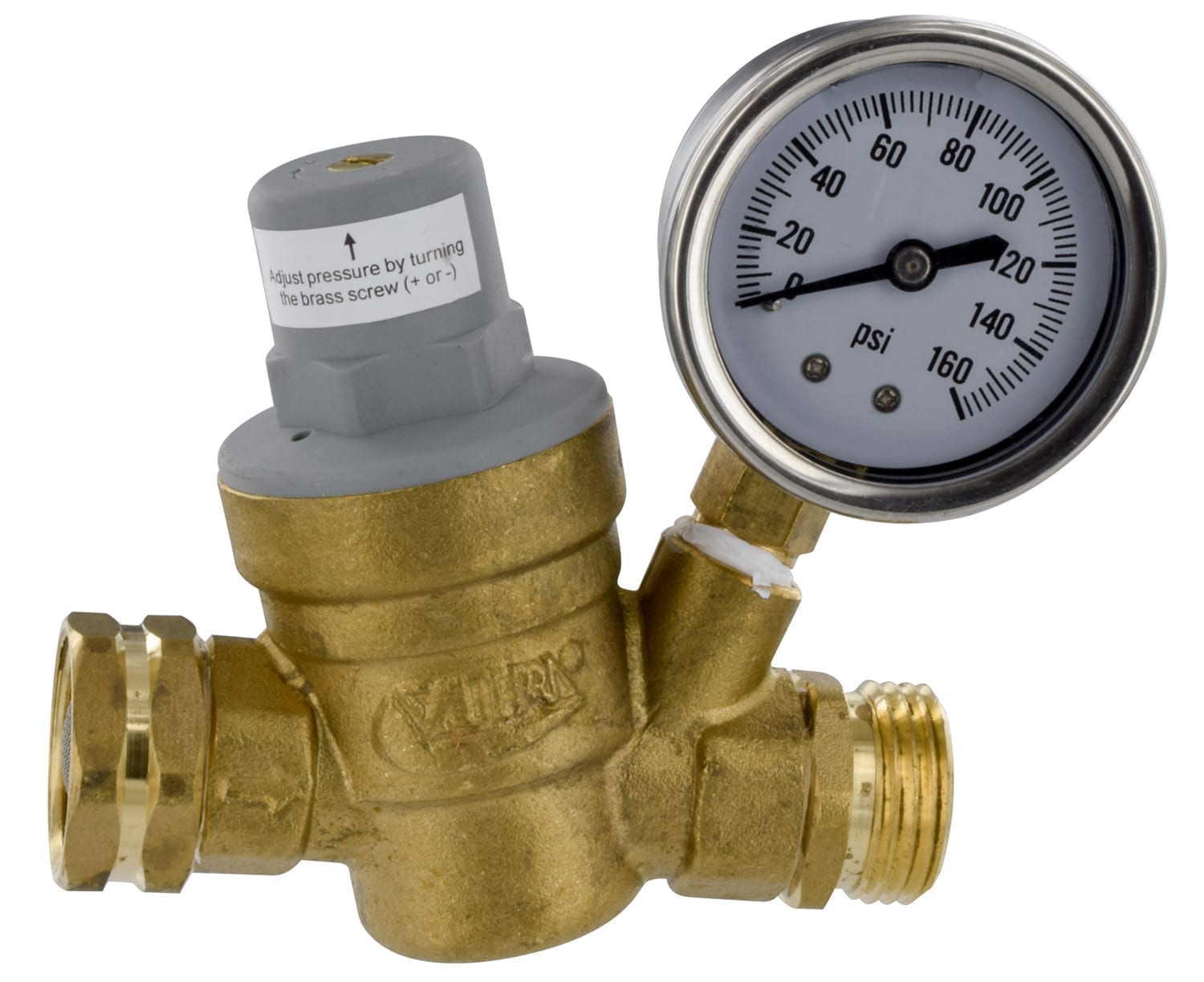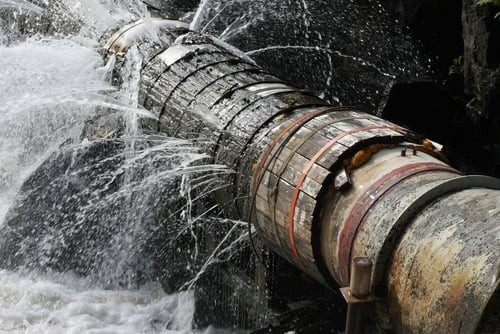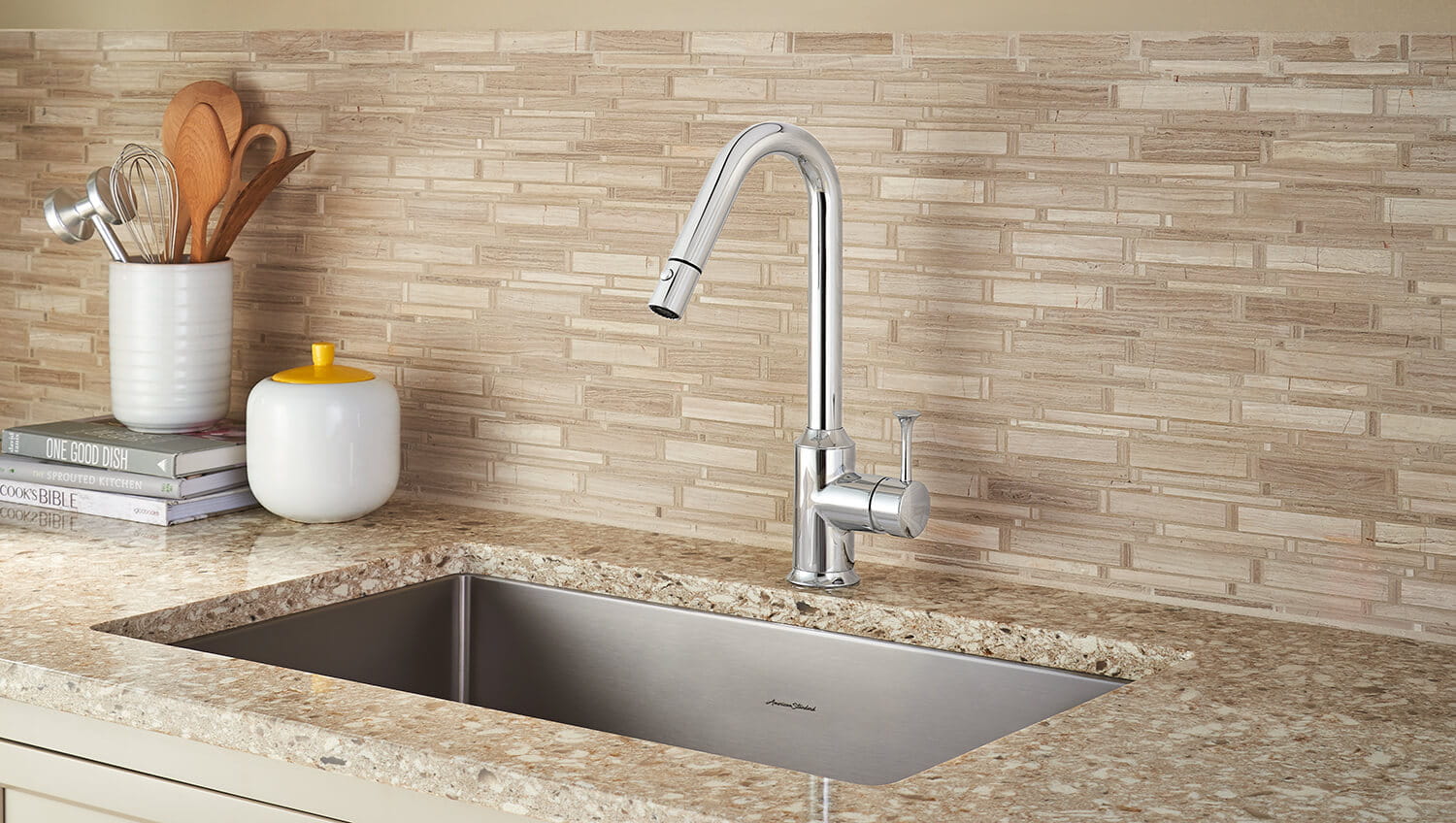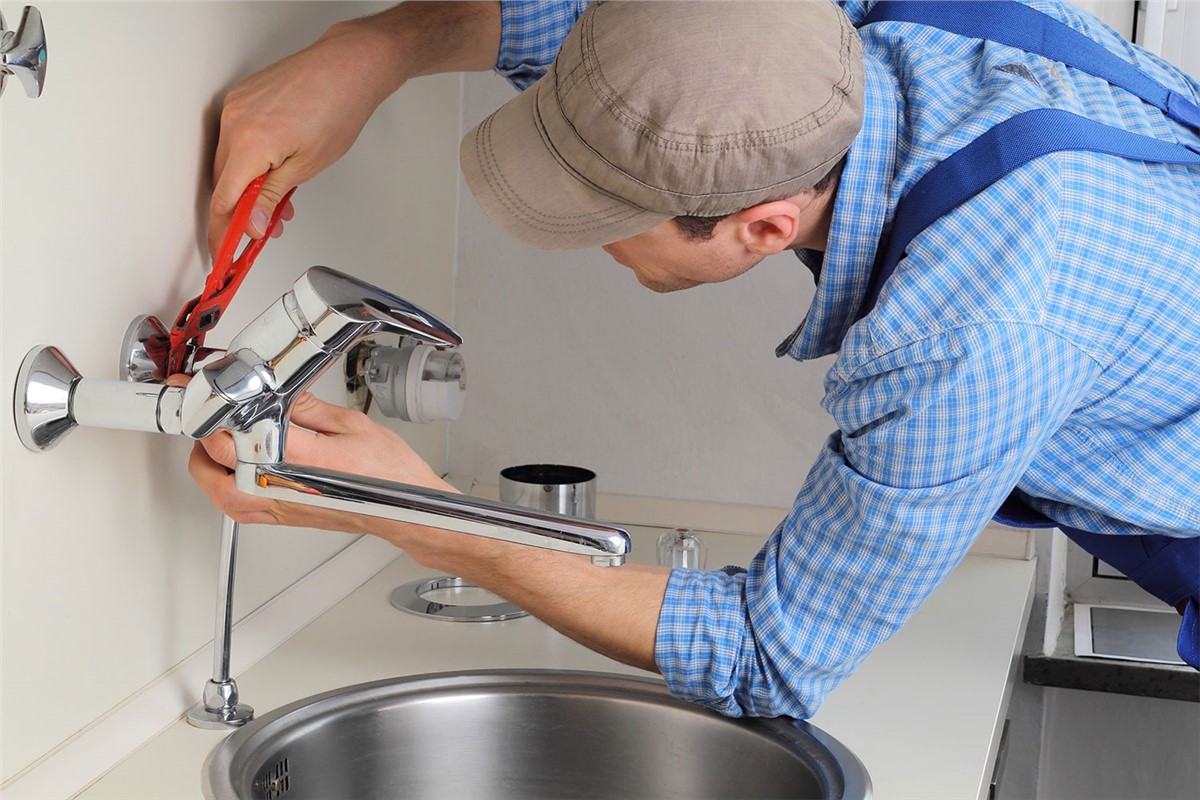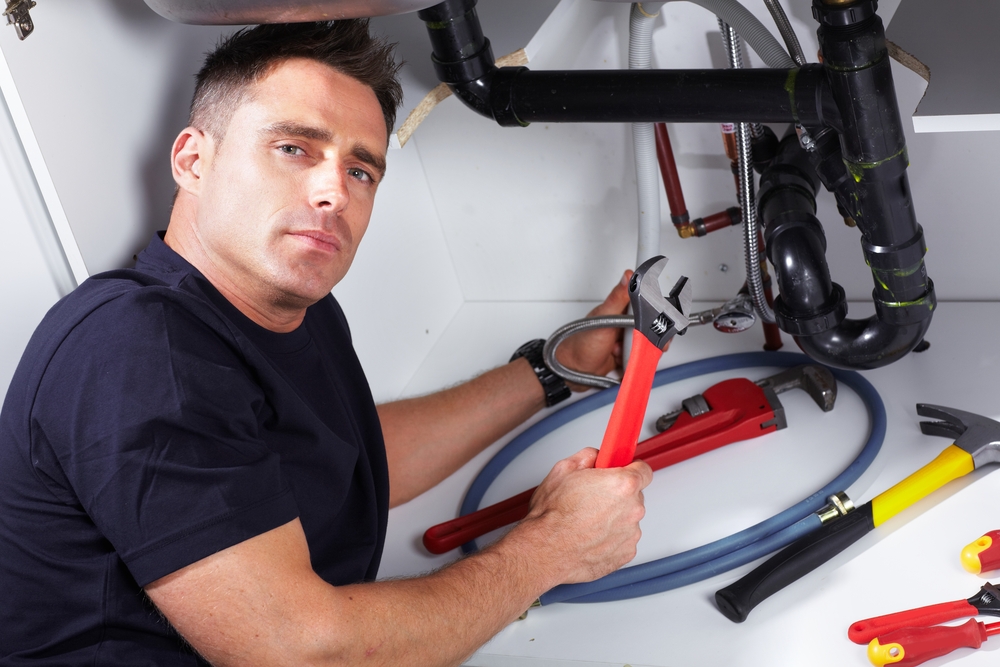If you're experiencing low water pressure in your kitchen sink pull down faucet, the first thing you should check is the aerator. This small screen at the end of the faucet can easily become clogged with mineral deposits or debris, causing a decrease in water flow. To check the aerator, simply unscrew it from the end of the faucet and clean it with a mixture of vinegar and water. If the problem persists, it may be time to replace the aerator altogether.Check the aerator
Another common cause of low water pressure in kitchen sink pull down faucets is a partially closed water supply valve. This valve, usually located under the sink, controls the flow of water to the faucet. If it is not fully open, it can restrict the water flow and result in low pressure. Make sure to check that the valve is fully open and if it is not, turn it to the fully open position and see if that improves the water pressure.Check the water supply valve
Over time, the faucet head can become clogged with mineral deposits, which can greatly impact the water pressure. To clean the faucet head, you can remove it and soak it in a mixture of vinegar and water to dissolve the mineral buildup. Once clean, reattach the faucet head and see if the water pressure has improved.Clean the faucet head
A clogged faucet head can also cause low water pressure in kitchen sink pull down faucets. If cleaning the faucet head does not improve the water pressure, there may be a clog inside the faucet head itself. You can use a small brush or toothpick to gently remove any debris that may be blocking the water flow.Check for clogs in the faucet head
In some cases, the water pressure regulator may be the culprit behind low water pressure in kitchen sink pull down faucets. This regulator is usually located near the main water supply valve and controls the overall water pressure in your home. If it is not functioning properly, it can result in low water pressure. You may need to call a plumber to replace the water pressure regulator if this is the case.Check the water pressure regulator
Leaks in the water supply line can also lead to low water pressure in kitchen sink pull down faucets. Check the water supply line for any visible leaks or damage. If you notice any, it is important to repair or replace the supply line to restore proper water pressure.Check for leaks in the water supply line
If you have an older faucet, the problem may lie within the faucet cartridge. Over time, the cartridge can become worn and hinder the water flow, resulting in low pressure. You may need to replace the cartridge to restore proper water pressure in your kitchen sink.Replace the faucet cartridge
In addition to checking for leaks, it is also important to check for clogs in the water supply line. Debris, mineral buildup, or even small insects can cause clogs in the supply line, which can greatly impact the water pressure in your kitchen sink pull down faucet. If you suspect a clog, you may need to call a plumber to clear the line.Check for clogs in the water supply line
If none of the above solutions have improved the water pressure in your kitchen sink pull down faucet, it may be time to consider installing a new faucet. Over time, faucets can become worn and may need to be replaced to ensure proper water flow. Make sure to choose a high-quality faucet that is specifically designed for your kitchen sink to avoid any future issues with low water pressure.Install a new faucet
If you have exhausted all of the above solutions and are still experiencing low water pressure in your kitchen sink pull down faucet, it is best to call a professional plumber for assistance. They have the expertise and tools necessary to diagnose and repair any underlying issues that may be causing the low water pressure. Don't hesitate to seek professional help to ensure your kitchen sink is functioning properly.Call a plumber for professional assistance
Common Causes of Low Water Pressure in Kitchen Sink Pull Down Faucets

Old and Clogged Pipes
 One of the main reasons for low water pressure in a kitchen sink pull down faucet is old and clogged pipes. Over time, mineral deposits, rust, and debris can build up inside the pipes, restricting the flow of water. This is especially common in older homes with outdated plumbing systems. If you have noticed a decrease in water pressure in your kitchen sink pull down faucet, it may be time to have your pipes inspected and potentially replaced.
One of the main reasons for low water pressure in a kitchen sink pull down faucet is old and clogged pipes. Over time, mineral deposits, rust, and debris can build up inside the pipes, restricting the flow of water. This is especially common in older homes with outdated plumbing systems. If you have noticed a decrease in water pressure in your kitchen sink pull down faucet, it may be time to have your pipes inspected and potentially replaced.
Malfunctioning Pressure Regulator
 Another common cause of low water pressure in kitchen sink pull down faucets is a malfunctioning pressure regulator. This device is responsible for maintaining a consistent water pressure throughout your home. If the pressure regulator is not working properly, it can result in low water pressure in specific areas, such as the kitchen sink. In this case, it is best to call a professional plumber to inspect and replace the pressure regulator if necessary.
Another common cause of low water pressure in kitchen sink pull down faucets is a malfunctioning pressure regulator. This device is responsible for maintaining a consistent water pressure throughout your home. If the pressure regulator is not working properly, it can result in low water pressure in specific areas, such as the kitchen sink. In this case, it is best to call a professional plumber to inspect and replace the pressure regulator if necessary.
Mineral Buildup in Faucet Aerator
 The faucet aerator is a small mesh screen located at the end of the faucet spout. Its purpose is to mix air with the water, creating a steady stream and reducing splashing. However, over time, mineral deposits can build up on the aerator, restricting the flow of water and causing low water pressure in the kitchen sink pull down faucet. Regularly cleaning or replacing the aerator can help solve this issue.
The faucet aerator is a small mesh screen located at the end of the faucet spout. Its purpose is to mix air with the water, creating a steady stream and reducing splashing. However, over time, mineral deposits can build up on the aerator, restricting the flow of water and causing low water pressure in the kitchen sink pull down faucet. Regularly cleaning or replacing the aerator can help solve this issue.
Water Supply Issues
 Sometimes, the problem may not be with your plumbing system or faucet, but with the water supply itself. If there is a disruption or leak in the main water line, it can result in low water pressure throughout your home. In this case, it is best to contact your local water company for assistance.
Sometimes, the problem may not be with your plumbing system or faucet, but with the water supply itself. If there is a disruption or leak in the main water line, it can result in low water pressure throughout your home. In this case, it is best to contact your local water company for assistance.
Conclusion
 Low water pressure in a kitchen sink pull down faucet can be a frustrating issue to deal with, but it is not uncommon. By understanding the common causes of this problem, you can take the necessary steps to fix it and ensure a steady water flow in your kitchen. If you are unable to determine the cause or fix the issue on your own, it is always best to seek the help of a professional plumber. By addressing the issue promptly, you can avoid further damage and maintain the functionality of your kitchen sink pull down faucet.
Low water pressure in a kitchen sink pull down faucet can be a frustrating issue to deal with, but it is not uncommon. By understanding the common causes of this problem, you can take the necessary steps to fix it and ensure a steady water flow in your kitchen. If you are unable to determine the cause or fix the issue on your own, it is always best to seek the help of a professional plumber. By addressing the issue promptly, you can avoid further damage and maintain the functionality of your kitchen sink pull down faucet.



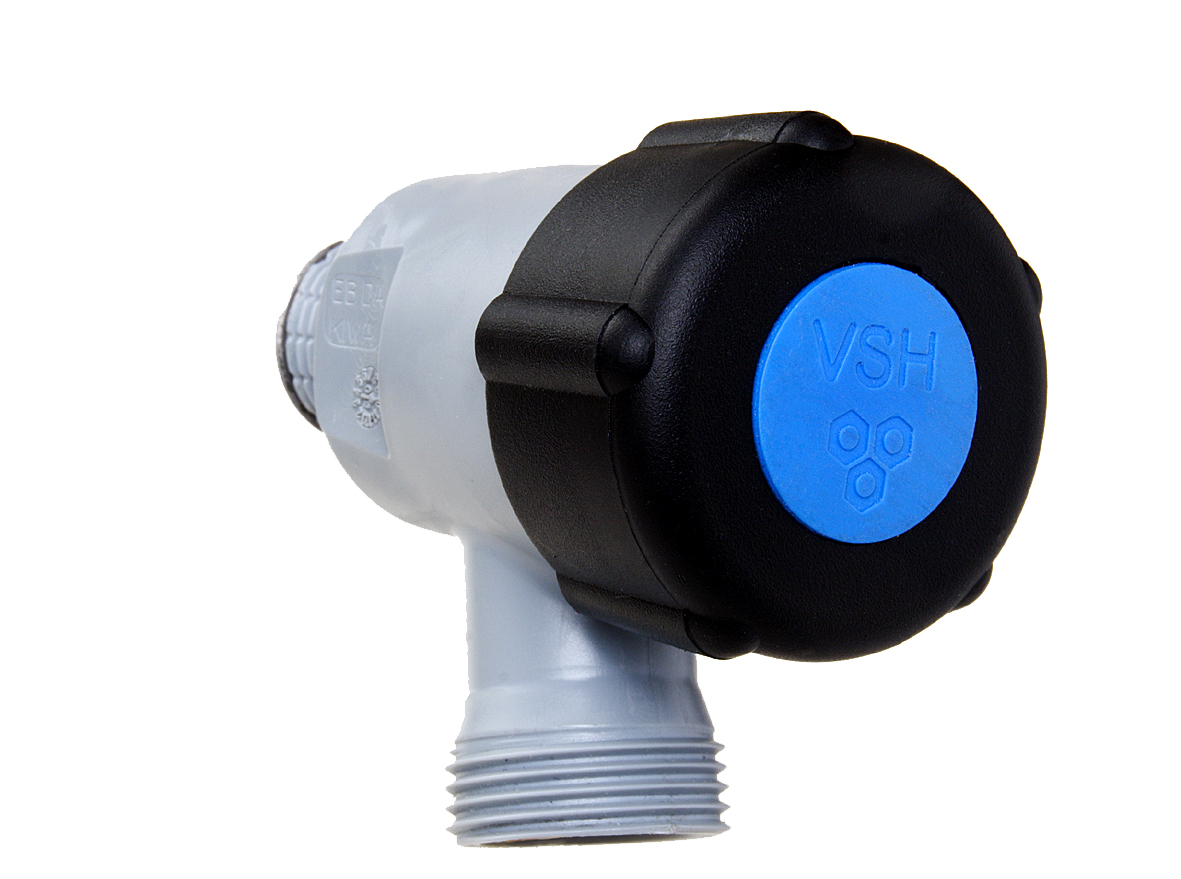





































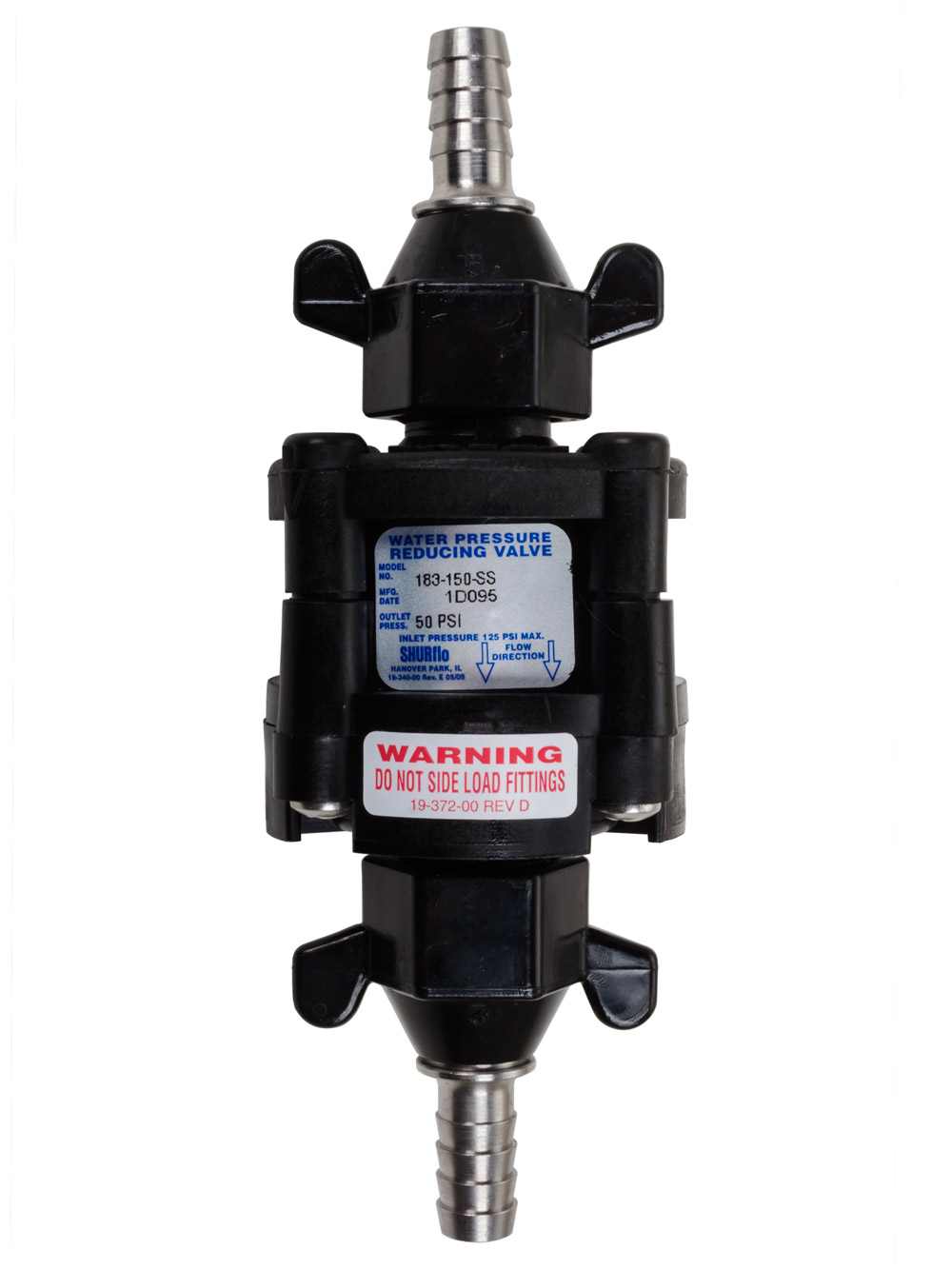


:max_bytes(150000):strip_icc()/the-men-s-hand-opens-the-ball-valve-on-the-collector-1006810456-5c5fc73fc9e77c000159c4af.jpg)



:max_bytes(150000):strip_icc()/testing-water-pressure-in-your-home-2718692-04-c37ab3236d0d4b61b87079ebf9ef823e.jpg)
